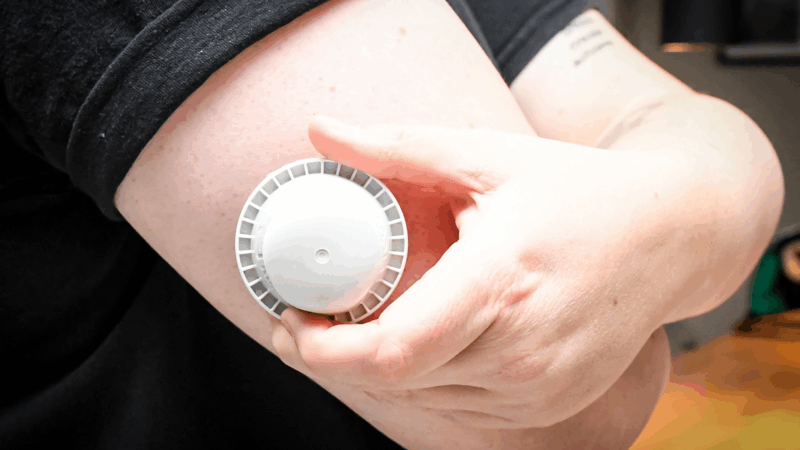Tips for Driving in Bad Weather
Bad weather can contribute to traffic accidents, but there are ways to lessen the risks. WBHM contacted area law enforcement agencies, including the Birmingham Police Department, Jefferson County Sheriff’s Office, and Shelby County Sheriff’s Office. Below are suggestions for people who have to drive in wet or unpredictable conditions:
- Leave plenty of room in front of you. Tailgating or following too closely while driving is dangerous. Stopping distances on wet roads are increased, and if you’re not leaving 2-3 seconds of driving time between you and the vehicle in front of you, you are tailgating even in normal conditions.
- Slow down. A car traveling 60 mph covers 88 feet in one second. In bad weather, visibility is often compromised. “Speed is the big risk factor in rain,” says BPD Sergeant Bryan Shelton. “And just because you see a speed limit sign doesn’t mean you have to go that fast.”
- Use your wiper blades. “You’d be surprised how many people don’t,” Shelton says.
- Use your signals to communicate with other drivers.
- Make sure your tire treads are not worn. A vehicle that can stop normally on a dry road can slide on a wet one.
- Do not ever try to drive through moving water or standing water of unknown depth.
- Do not drive while distracted. “Do not even check weather reports on your smart phone — that’s what WBHM is for,” says Shelton.
- Do not jerk the steering wheel, and be gentle on the gas and brakes as well.
The officers we spoke with pointed out that staying off the roads in bad weather is the most effective safety strategy of all.
A fire at a popular nightclub in India’s Goa state kills at least 25, officials say
At least 25 people, including tourists, were killed in a fire at a popular nightclub in India's Goa state, the state's chief minister said Sunday.
National parks fee-free calendar drops MLK Day, Juneteenth and adds Trump’s birthday
The Trump administration, which has railed against what it describes as "woke" policies, removed MLK Day and Juneteenth from next year's list of fare-exempt days for visitors at dozens of national parks.
Waymo will recall software after its self-driving cars passed stopped school buses
Waymo is issuing a software recall for its self-driving cars after reports the company's autonomous vehicles failed to stop for school buses.
7 deaths and hundreds of injuries are linked to faulty Abbott glucose monitors
About 3 million glucose monitoring sensors were potentially affected by a production error that caused incorrect low glucose readings.
‘The Abandons’ is a sudsy soap opera dressed up in spurs and a cowboy hat
On the surface it's a gorgeous, hardscrabble Western, awash in stark landscapes, grubby faces, bar fights and banditry. But scratch away the grime, and you expose the pure, glitzy soap opera beneath.
Sudanese paramilitary drone attack kills 50, including 33 children, doctor group says
Thursday's attack is the latest in the fighting between the paramilitary group, the Rapid Support Forces, also known as the RSF, and the Sudanese military, who have been at war for over two years.





